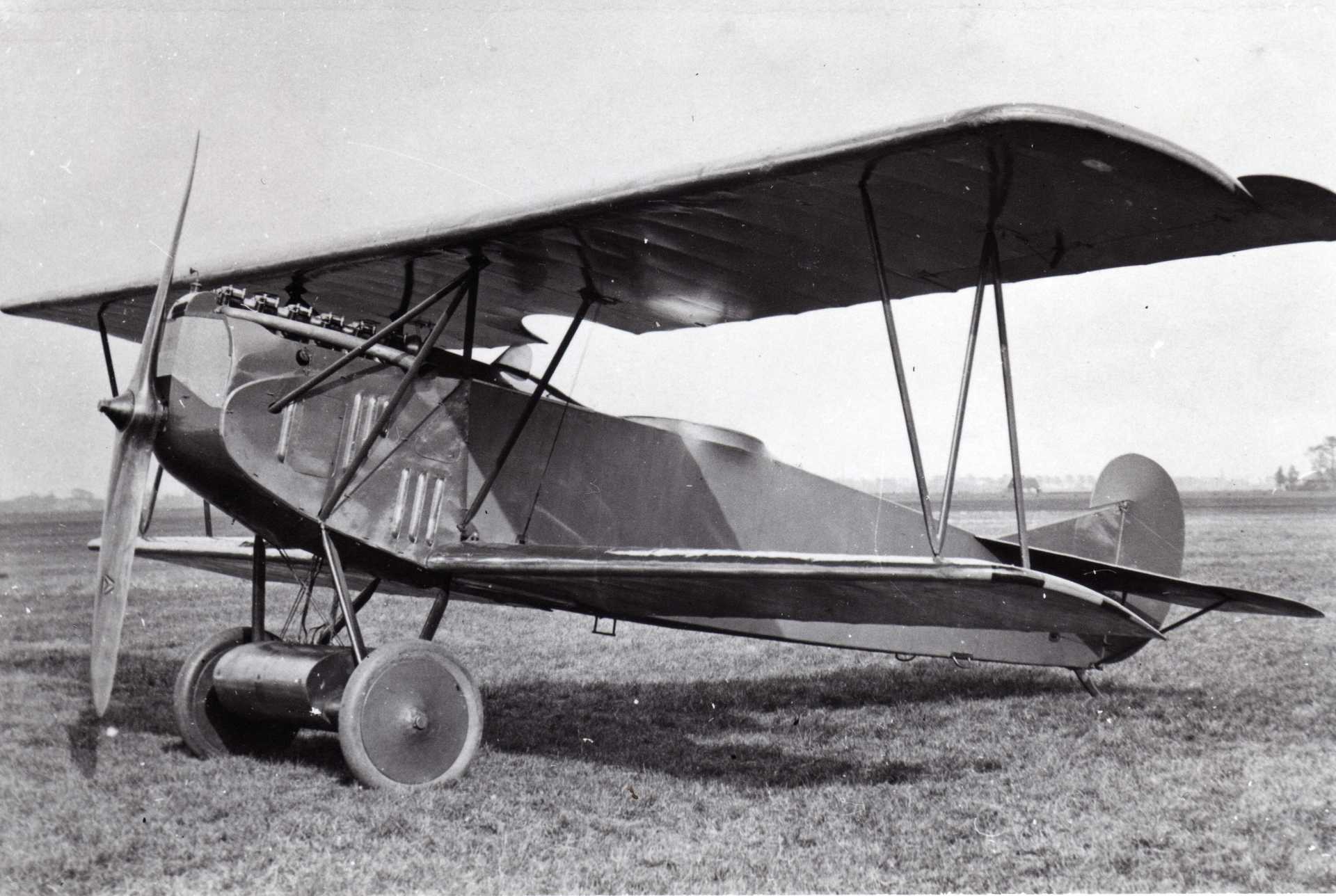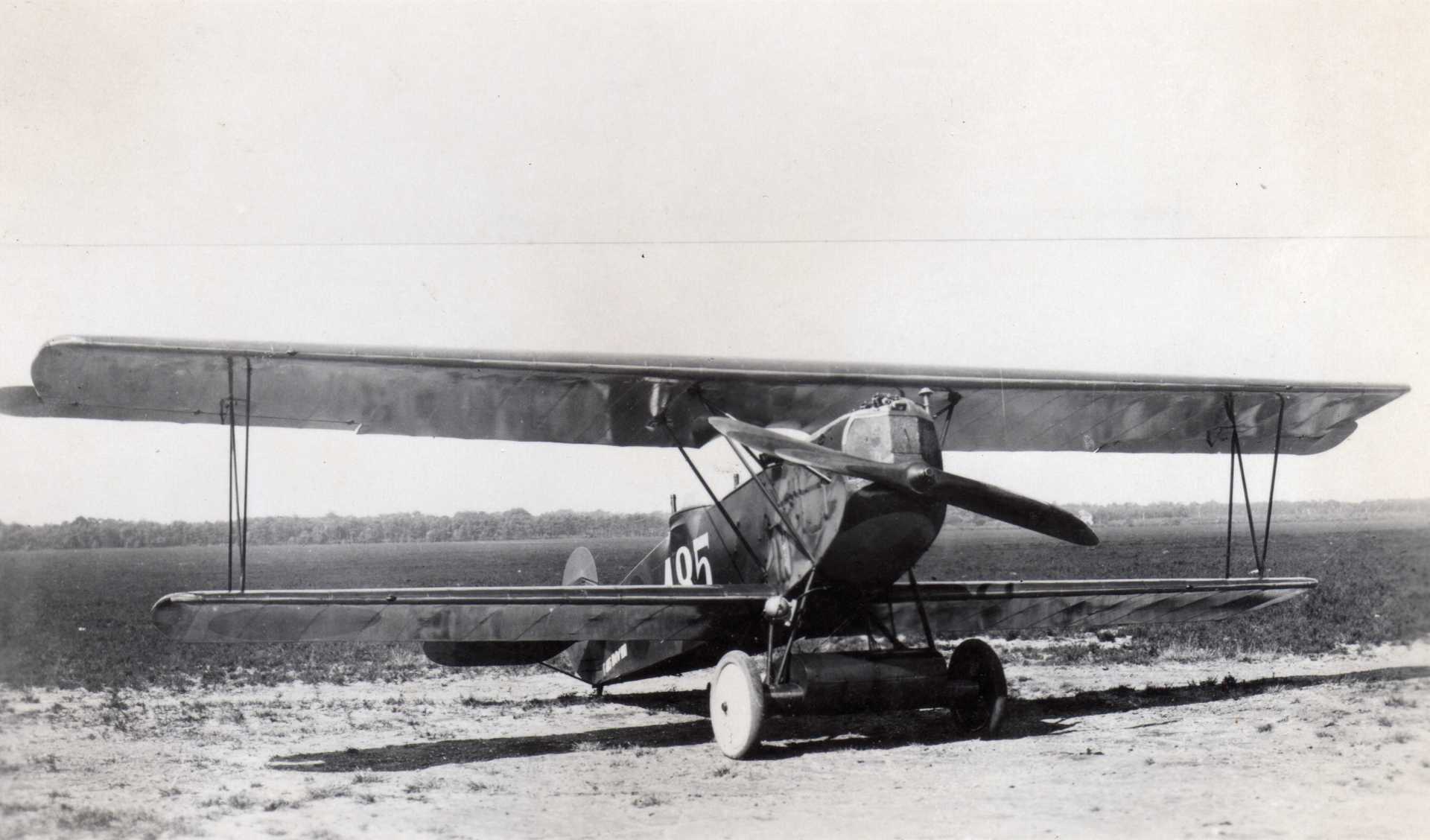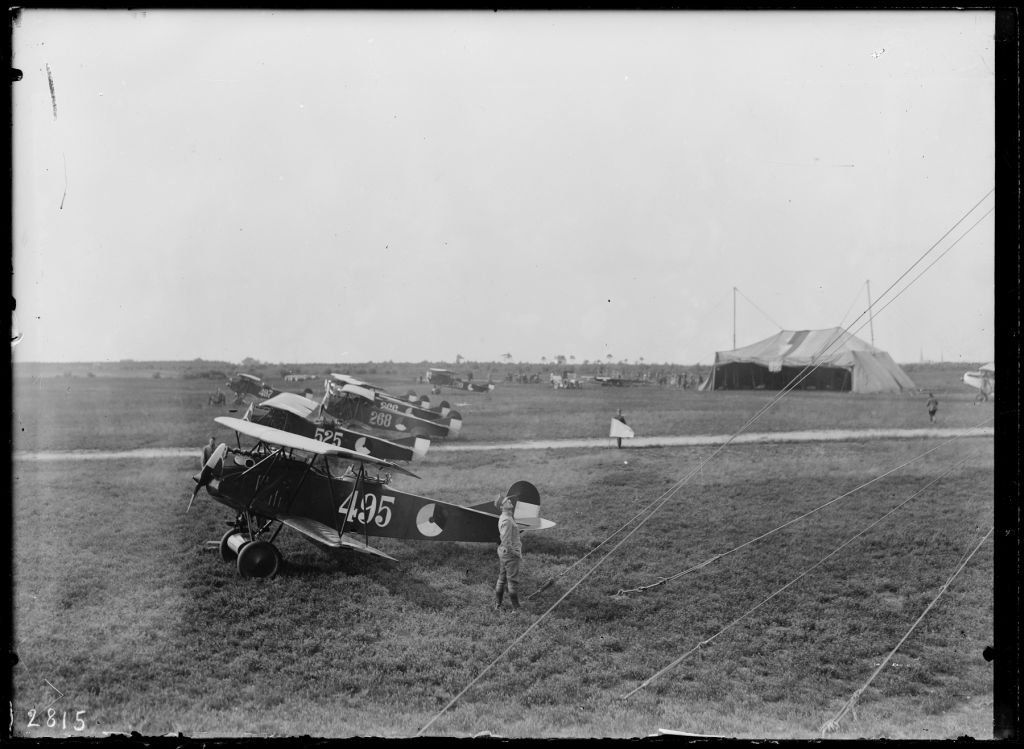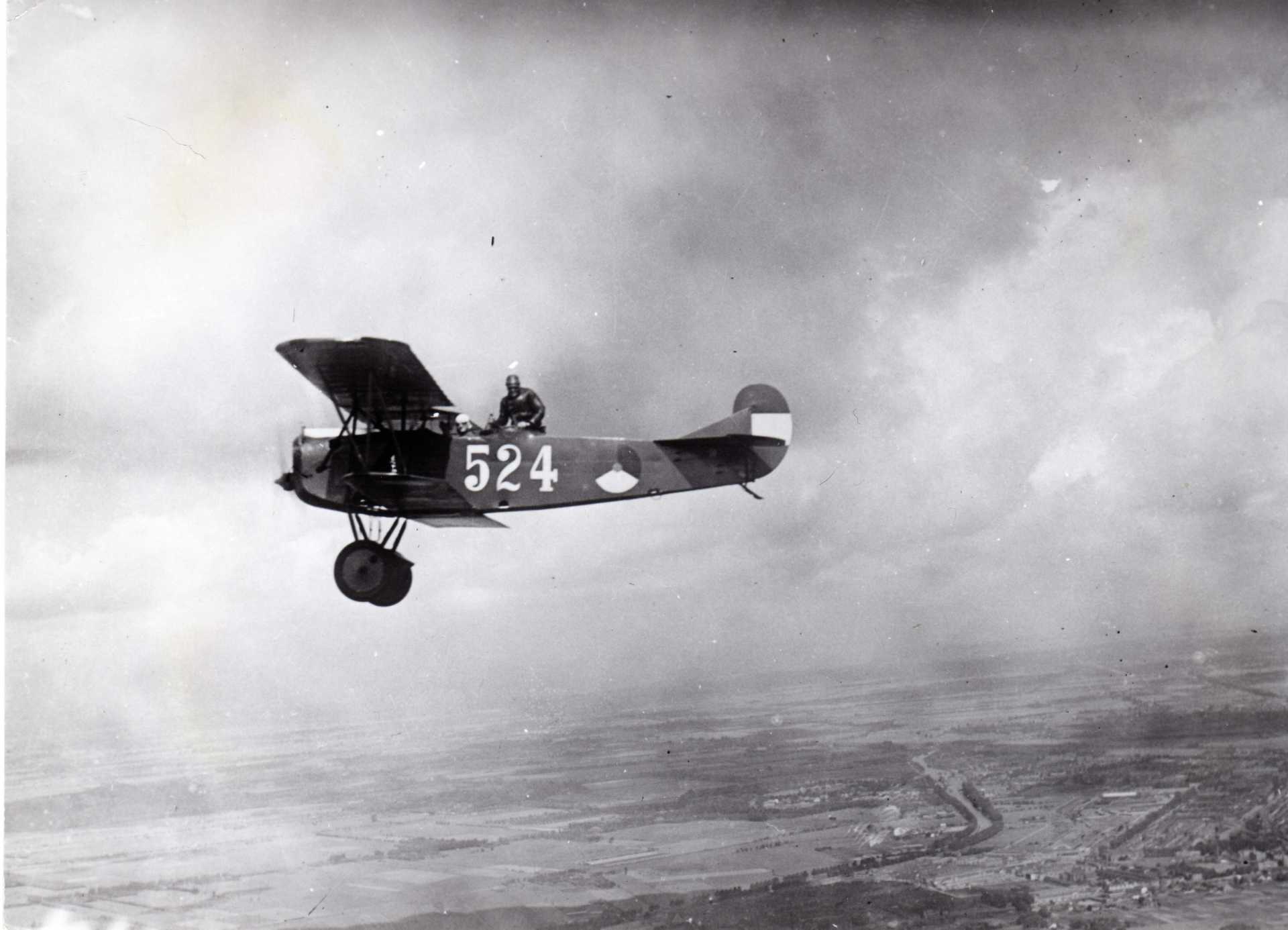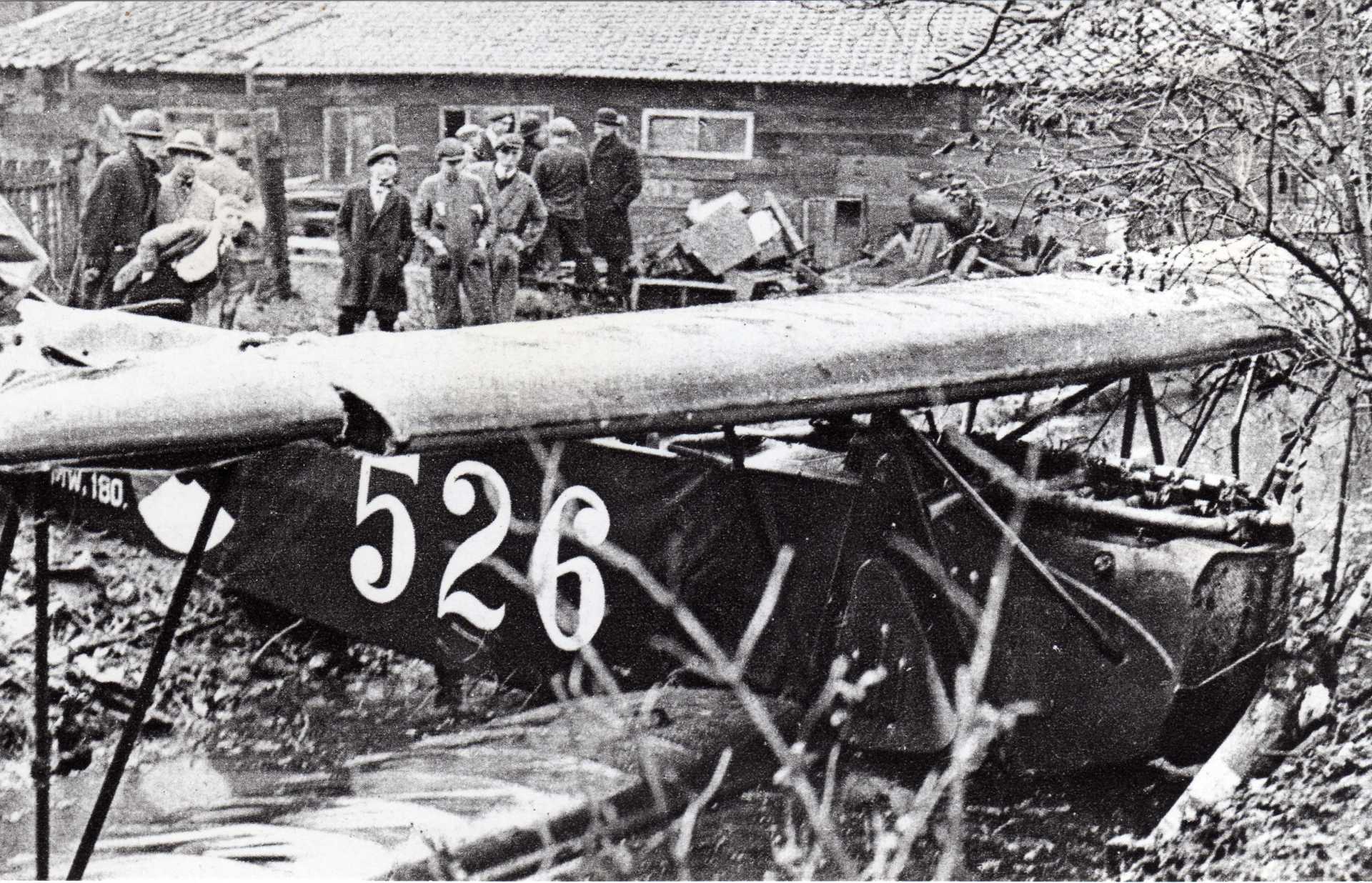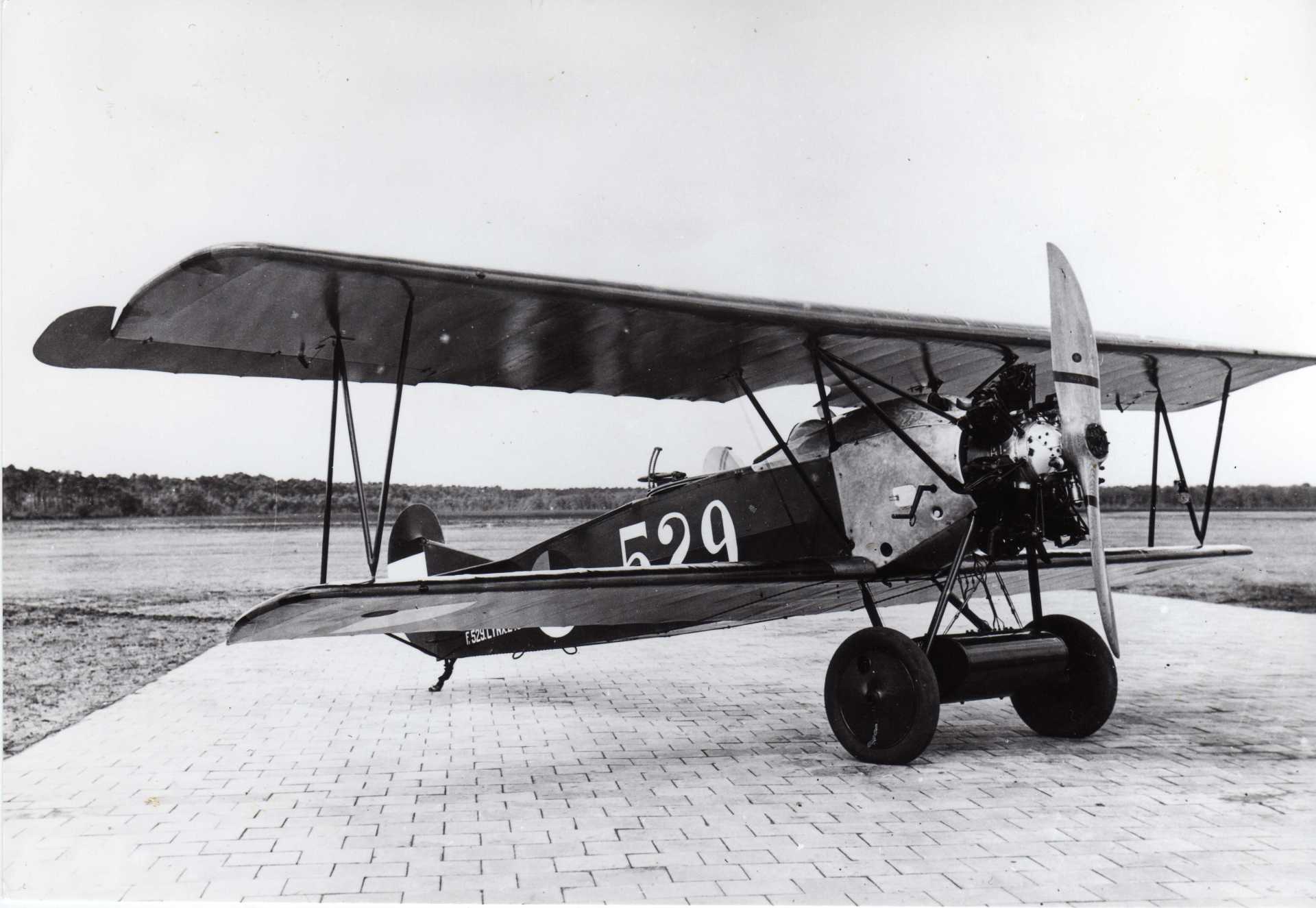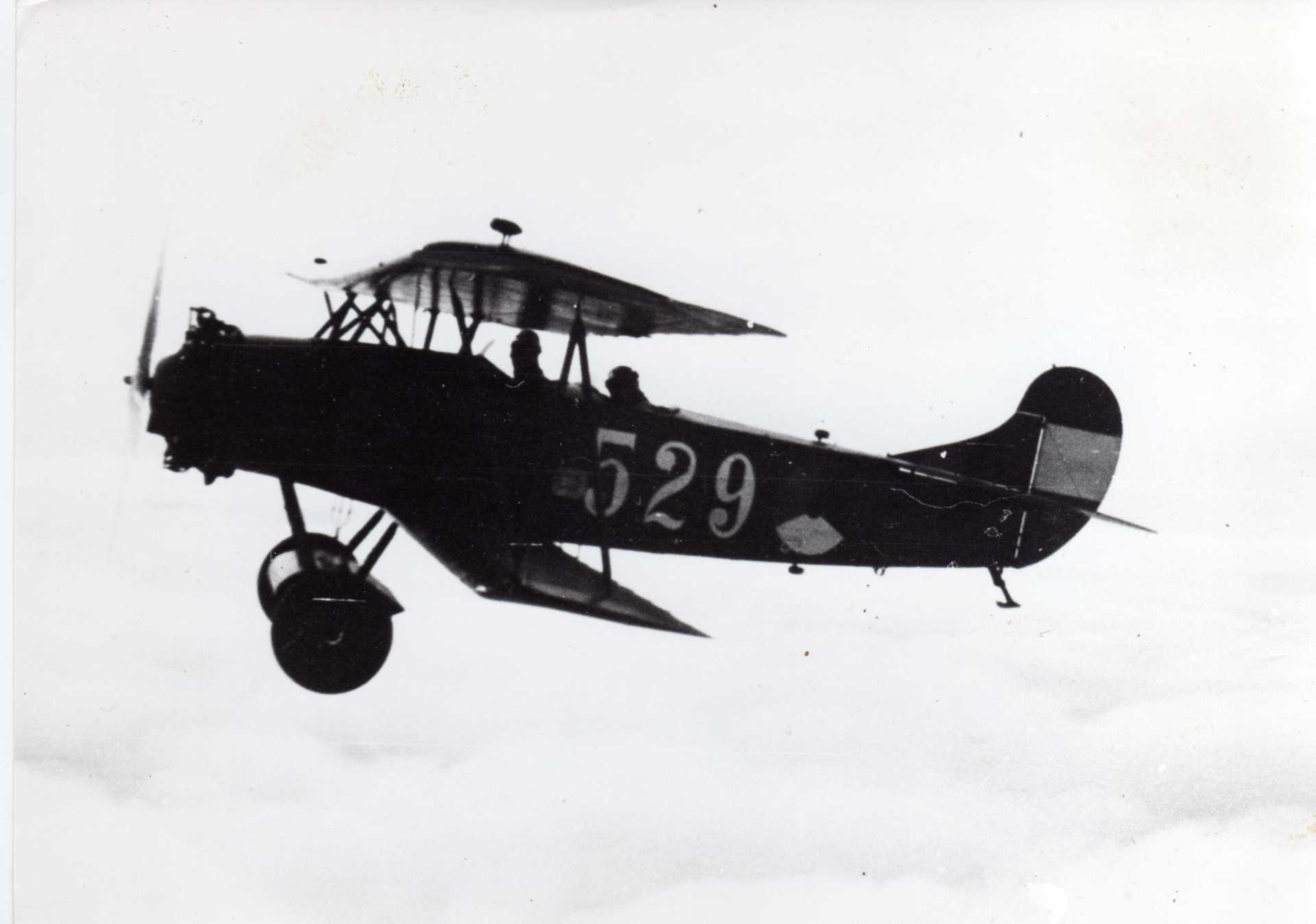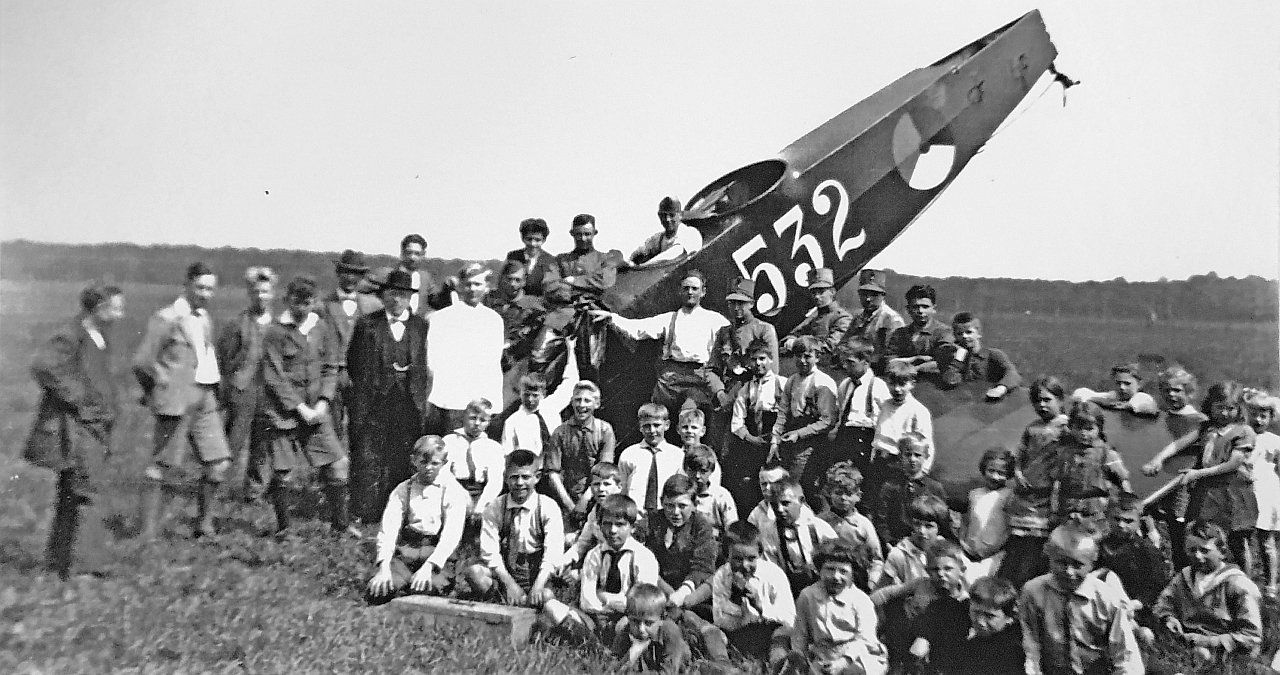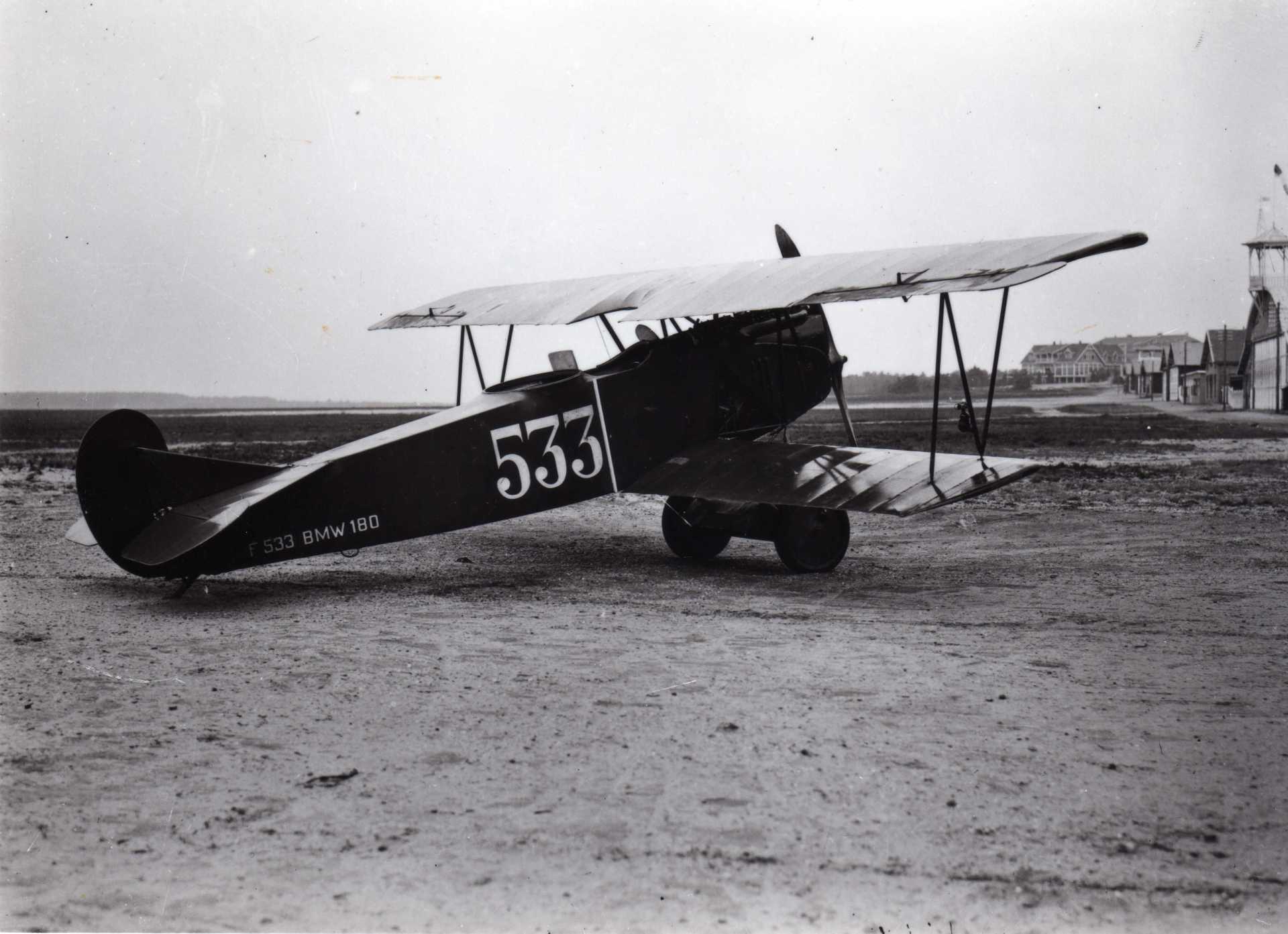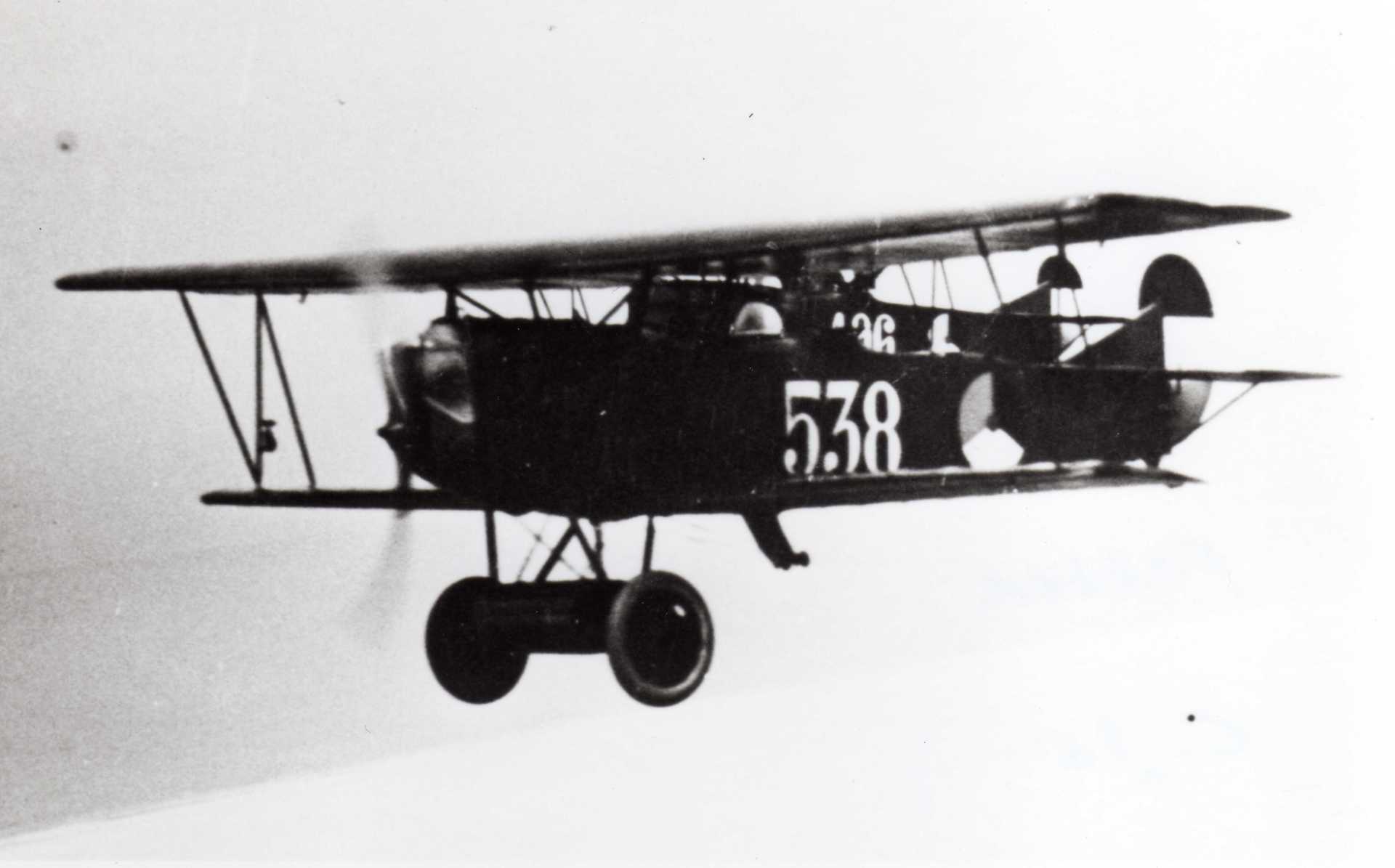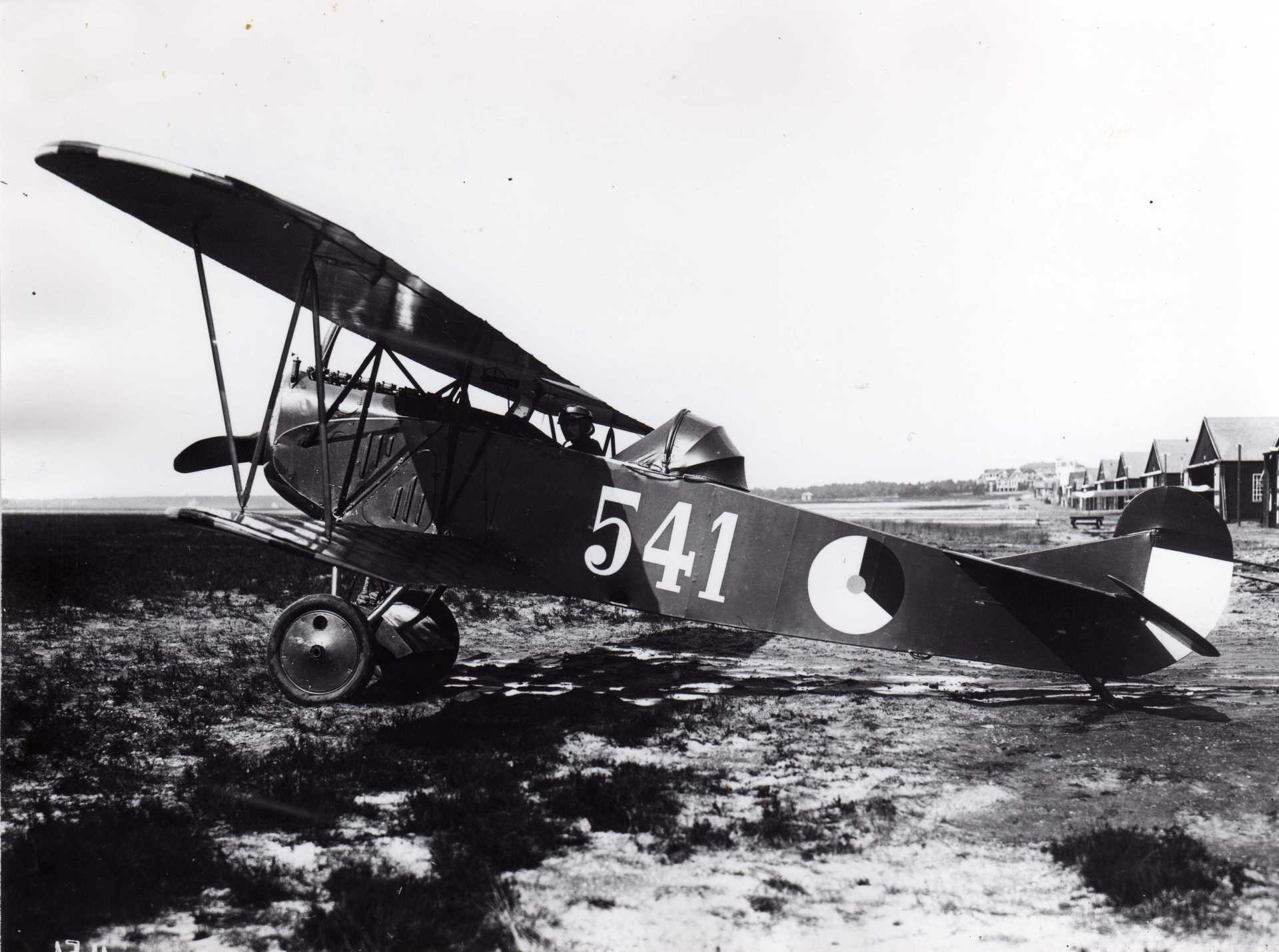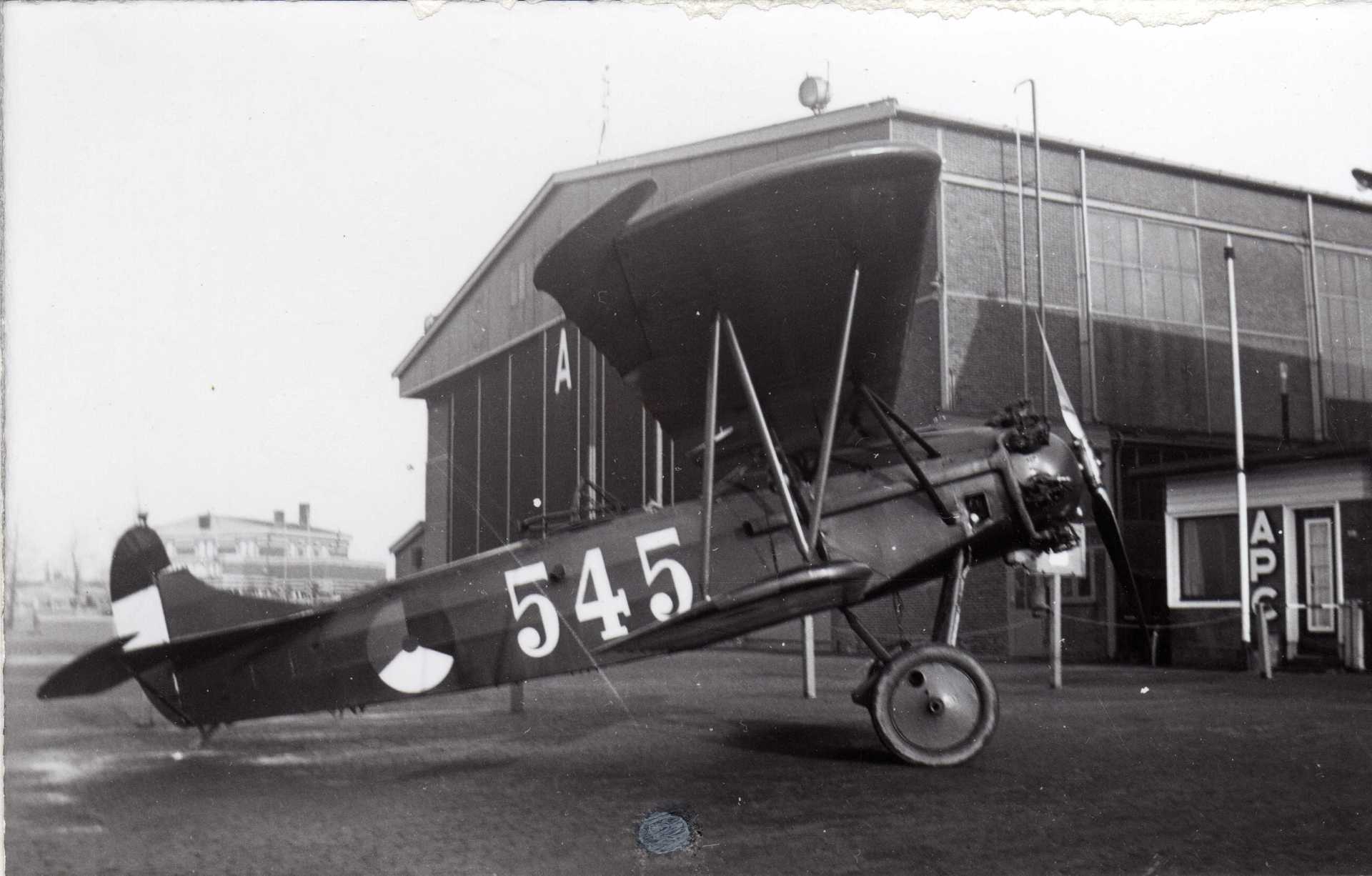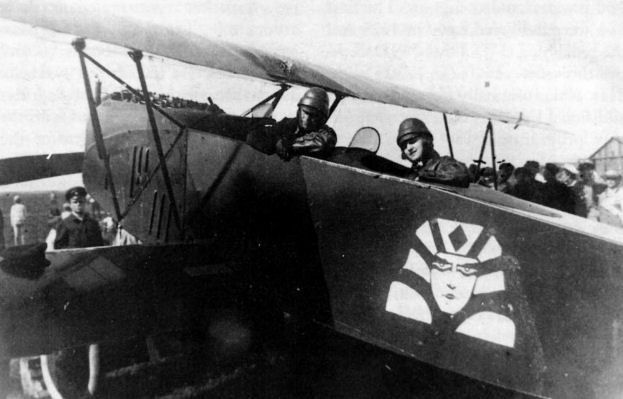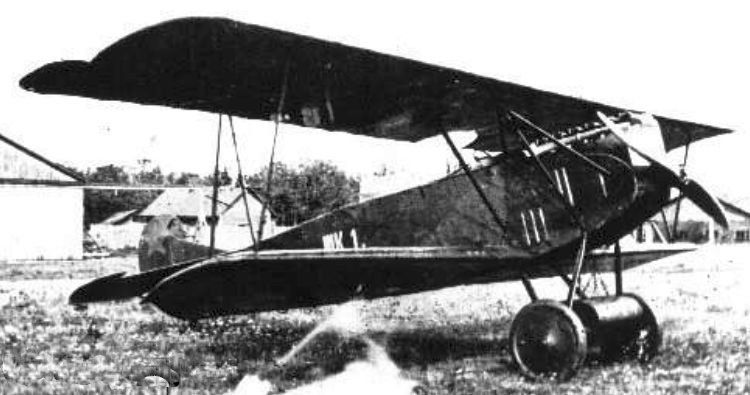The Fokker C.I
The first production of the C.I started in 1918, still in the Schwerin factory.
The prototype was still referred to as Versuchs flugzeug V.38 (test aircraft).
As such, the first C.I scouts arrived with
the famous train transports in Amsterdam North.
Production continued there, partly with German parts, partly with Dutch material.
The main feature of the C.I is the fuel tank placed between the front wheels.
The Dutch Aviation Department LVA will eventually put 62 of them into use.
These are 56 C.I aircraft from the Fokker factory, first of the German series and later from the Amsterdam-Noord location.
The LVA eventually builds, under its own management, another 6 of a group of damaged C.I scouts.
This brings the total at LVA to 62 units, equipped with the BMW engine of 185 hp and later 220 hp.
The Oberursel with 160 hp and the Mercedes engine with 260 hp will follow later.
The LVA registrations run from 487 to 548.
The Marine Aviation Service MLD takes 16 into service, registered F-1 to F-16.
Click on an image to enlarge
External links have been added at the bottom of this page
Total deliveries
Delivered by train and completed in Amsterdam-Noord: around 118 units, the rest was completely built in Amsterdam.
LVA Netherlands: 62 aircraft, in service from 1920.
MLD Netherlands: 16 aircraft F-1 to F-16, in service 1920-1938.
USA . , US Army: 5 aircraft, US Navy 5 aircraft.
Denmark: 8 aircraft in 1923, later converted to 1 seater, in service from 1932-1940.
The conversion was carried out in Denmark. Registrations 2 to 6 and 051 to 055, with 220 hp BMW engine.
Russia / Soviet Union: partly with wheel or ski landing gear. 59 aircraft, in service from 1920-1938.
external links
- https://en.wikipedia.org/wiki/Fokker_C.I (English)
- https://www.ipms.nl/artikelen/nedmil-luchtvaart/vliegtuigen-f/vliegtuigen-f-fokker-c1(Dutch)
-
http://www.dutch-aviation.nl/index5/Military/index5-1 C1.html(English)
A Fokker C.I (PH-APL) with a Dekker propeller taxis at Schiphol (?) (No text, only music)
The Fokker C.I makes a few practice flights for biplanes and triplanes in it
Military Aviation Museum in Virginia Beach, VA on September 30, 2016.
Starting a taxi with a Fokker C.I at the Military Aviation Museum in Virginia Beach, VA



